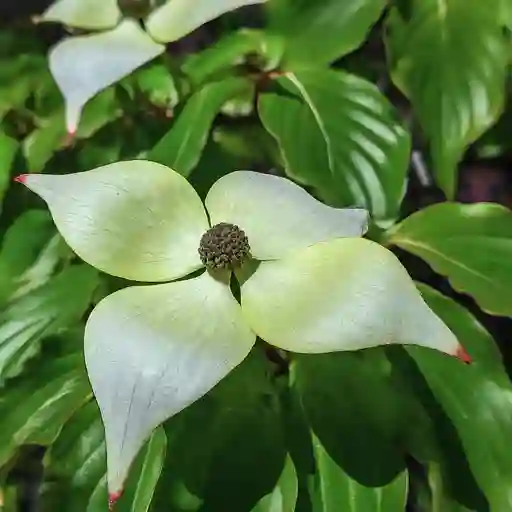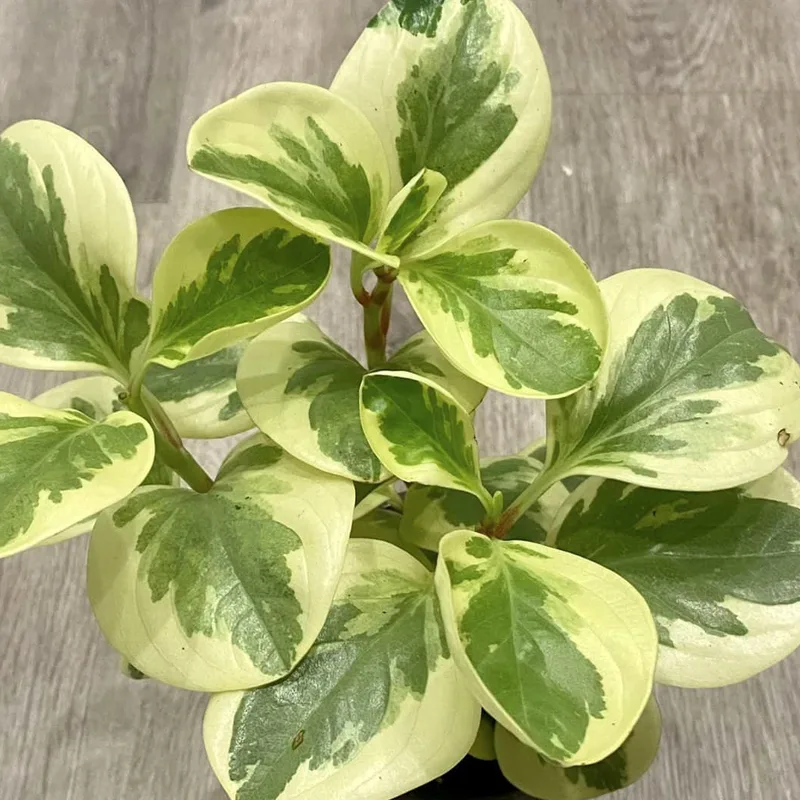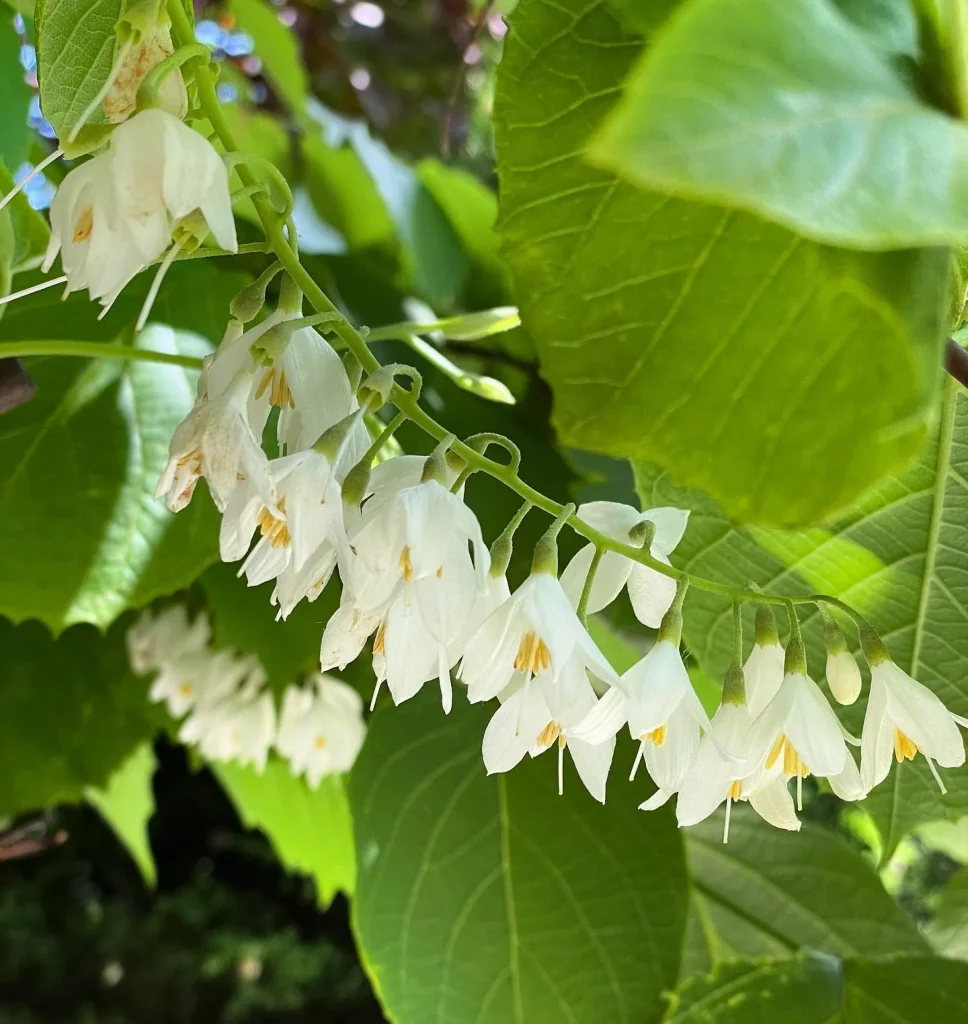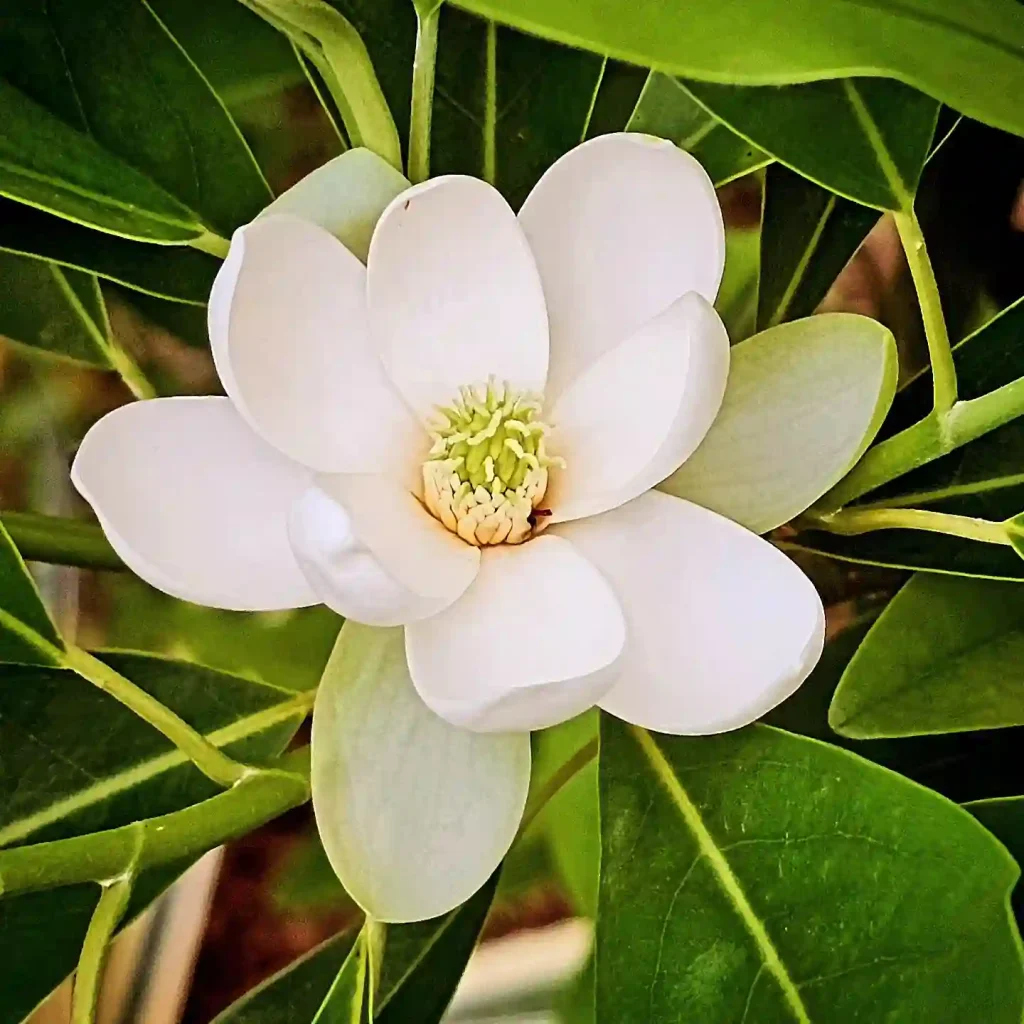Exploring the Fascinating Dasypogonaceae Family
As a plant enthusiast, I find immense joy in discovering the unique characteristics of various plant families. One family that has captured my interest is the Dasypogonaceae, known for its striking diversity and adaptability. This family, native to Australia, includes several intriguing genera: Baxteria, Calectasia, Dasypogon, and Kingia. Each of these genera has its own distinct traits and ecological significance.
Understanding Dasypogonaceae
The Dasypogonaceae family comprises a group of perennial flowering plants, primarily found in Western Australia. These plants thrive in nutrient-poor soils, often in sandy or rocky environments. The unique adaptations of Dasypogonaceae enable them to survive in such harsh conditions. They typically have long, narrow leaves and produce beautiful flowers that attract various pollinators.
Genera of Dasypogonaceae
Baxteria
One of the lesser-known genera in this family is Baxteria. This genus includes several species that exhibit a range of growth habits, from low-lying shrubs to taller, upright forms. I appreciate Baxteria for its unique inflorescences, which are often cluster-like and can be quite colorful. The flowers usually bloom in spring, providing a stunning display against the backdrop of the Australian landscape.
One species that stands out to me is Baxteria marginata. Its narrow leaves and beautiful yellow flowers make it a striking addition to any garden. I find it fascinating how this genus adapts to its environment, showcasing the resilience of nature.
Calectasia
Another remarkable genus is Calectasia. This genus features herbaceous perennials that thrive in similar habitats as Baxteria. Calectasia plants have distinctive floral structures, often resembling orchids. Their vibrant colors and intricate patterns make them a favorite among gardeners and horticulturists.
My personal favorite is Calectasia cyanea, known for its stunning blue flowers. When in bloom, the vibrant hues create a striking contrast against the green foliage. I love incorporating Calectasia into my garden as it attracts a variety of pollinators, enriching the local ecosystem.
Dasypogon
Dasypogon is perhaps the most recognized genus within the Dasypogonaceae family. These plants are characterized by their tall, slender stems and large flower spikes. Dasypogon species often have a grass-like appearance, adding a unique texture to gardens and landscapes.
One standout species is Dasypogon bromeliifolius, commonly known as the Pineapple Lily. Its unique shape and striking flowers make it a conversation piece in any garden. I enjoy cultivating Dasypogon for its ability to thrive in poor soil conditions while providing an eye-catching display.
Kingia
The final genus, Kingia, holds a special place in my heart. These plants are often larger and more robust than others in the family, with distinctive leaf arrangements that resemble fans. Kingia is notable for its hardiness and ability to withstand extreme weather conditions, including drought and fire.
One species, Kingia australis, is particularly fascinating. This plant can grow quite large, reaching heights of up to five meters. I appreciate how Kingia adapts to its environment, often becoming a focal point in gardens. Its tall stature and unique leaf structure provide excellent vertical interest in landscape designs.
Ecological Significance
The Dasypogonaceae family plays a crucial role in its native ecosystems. These plants provide habitat and food for various wildlife, including birds and insects. The flowers are particularly important for pollinators, ensuring the continuation of many plant species.
Moreover, the resilience of Dasypogonaceae makes them valuable in landscape restoration efforts. Their ability to thrive in poor soil conditions helps stabilize landscapes and prevent erosion. As someone who is passionate about gardening and environmental conservation, I appreciate the ecological importance of these plants.
Conclusion
In conclusion, the Dasypogonaceae family, with its diverse genera of Baxteria, Calectasia, Dasypogon, and Kingia, offers a wealth of knowledge and beauty. Each genus contributes uniquely to the family, showcasing the incredible adaptability of plants. I encourage fellow gardening enthusiasts to explore these fascinating species and consider incorporating them into their gardens. The beauty and resilience of the Dasypogonaceae family are sure to inspire anyone who appreciates the wonders of nature.
If i die, water my plants!



